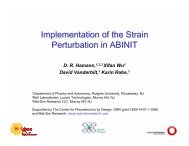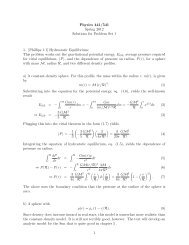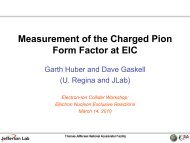Statistics of redshift periodicities
Statistics of redshift periodicities
Statistics of redshift periodicities
You also want an ePaper? Increase the reach of your titles
YUMPU automatically turns print PDFs into web optimized ePapers that Google loves.
208 Current Issues in Cosmology<br />
where the observed radial velocities (presumably virialized) have a dispersion <strong>of</strong><br />
1000 km s −1 .Asecond major claim, made by Tifft and Cocke (1984), was that there<br />
exists a global, galactocentric quantization <strong>of</strong> <strong>redshift</strong>s. For galaxies with narrow<br />
HI pr<strong>of</strong>iles a periodicity <strong>of</strong> 24.2 km s −1 was claimed, while for broad HI pr<strong>of</strong>iles<br />
the claimed periodicity was 36.2 km s −1 .Tosee these latter <strong>periodicities</strong> it was<br />
necessary to correct for a solar motion <strong>of</strong><br />
V ⊙ = 233.6kms −1 , l ⊙ = 98.6 ◦ , b ⊙ = 0.2 ◦<br />
close to the galactocentric solar motion.<br />
Subsequently, a series <strong>of</strong> progressively higher periodic frequencies have been<br />
claimed by Tifft, some <strong>of</strong> which lie on the wrong side <strong>of</strong> the Nyquist frequency. The<br />
current study is concerned only with these initial claims, however. An immediate<br />
problem arises from the fact that, in correcting for the vectorial solar motion, three<br />
free parameters have been introduced. Thus a Hubble flow <strong>of</strong>, say, 72 km s −1 in<br />
a system <strong>of</strong> galaxies with characteristic projected separation 0.5 megaparsec, has<br />
a characteristic velocity separation 36 km s −1 and we can imagine that this might<br />
be made to appear periodic with some “parameter tweaking,” in essence hunting<br />
for periodicity. The way to handle this problem is to construct synthetic data sets,<br />
identical in all respects to the real one except for the periodicity under test, and to<br />
operate on them all, real and synthetic, in identical fashion.<br />
The 72 km s −1 claim was tested by Guthrie and Napier (1990) using 48 spiral<br />
galaxies in the Virgo cluster, which avoided the core and which had well-determined<br />
<strong>redshift</strong>s (formal accuracies σ ≤ 10 km s −1 ). This is the nearest rich cluster <strong>of</strong><br />
galaxies, and had not previously been used to test for <strong>redshift</strong> periodicity claims,<br />
and so is an unbiased sample. Guthrie and Napier (1990) attempted to correct these<br />
<strong>redshift</strong>s for infall towards the Virgo cluster and found that there was indeed a<br />
strong periodicity <strong>of</strong> 71 km s −1 , essentially identical to that claimed for the Coma<br />
cluster.<br />
In Fig. 17.1 the differential <strong>redshift</strong>s <strong>of</strong> the 48 spirals are plotted in the fixed,<br />
galactocentric frame <strong>of</strong> reference. For this plot the latter was taken to be the IAUapproved<br />
V ⊙ = 220 km s −1 , l ⊙ = 90.0 ◦ , b ⊙ = 0.0 ◦<br />
where (V ⊙ , l ⊙ , b ⊙ ) are respectively the speed, galactic longitude, and galactic<br />
latitude <strong>of</strong> the Sun’s velocity vector around the nucleus <strong>of</strong> the Galaxy. The data in<br />
Fig. 17.1 have been smoothed by a standard procedure: The data set is converted<br />
from the velocity to the frequency domain, high frequencies are chopped <strong>of</strong>f, and the<br />
remaining signal is reconverted back to the original velocity domain. It is assumed<br />
that the high frequencies so removed correspond to noise and measurement error




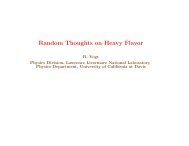
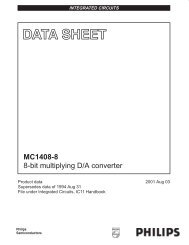

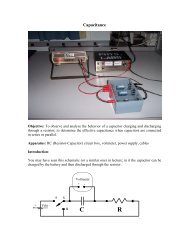


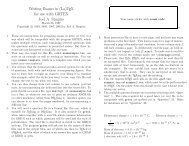
![More Effective C++ [Meyers96]](https://img.yumpu.com/25323611/1/184x260/more-effective-c-meyers96.jpg?quality=85)


